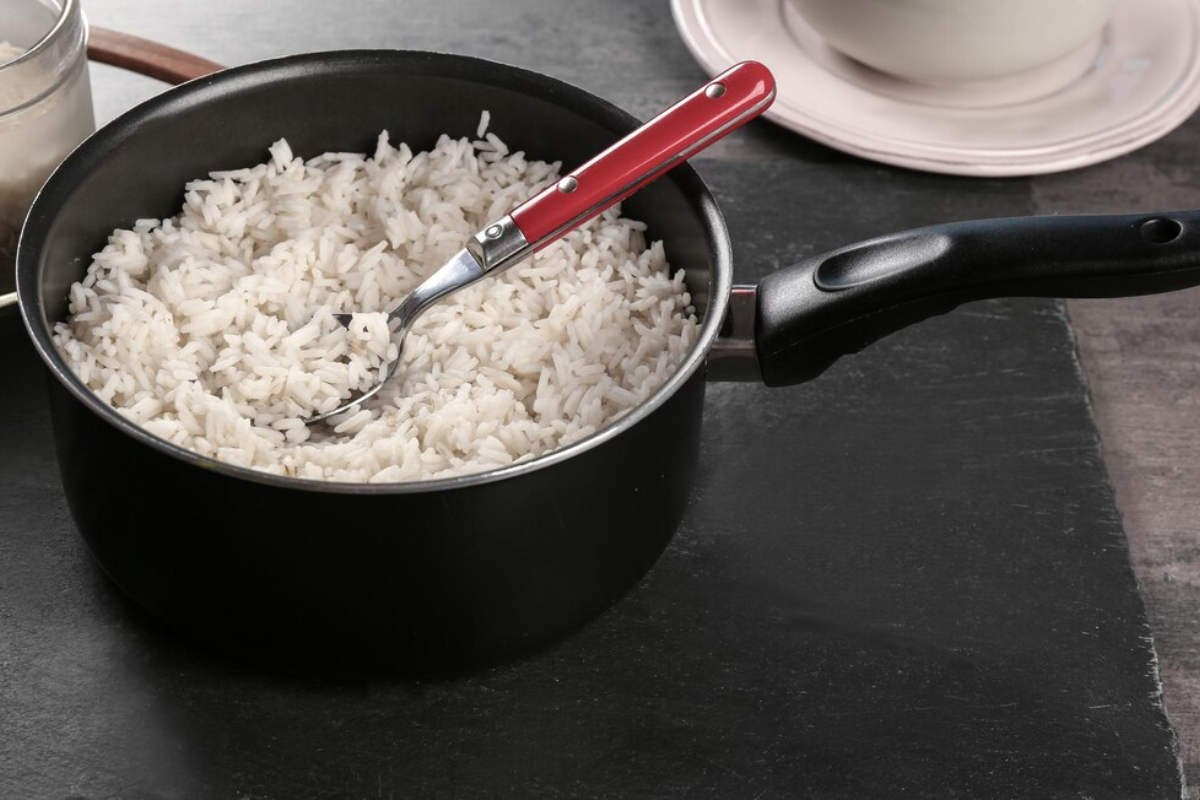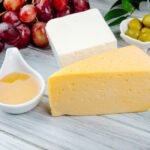Cooking rice might seem like a basic task, but getting it right can be tricky — especially if you’re aiming for fluffy grains and great taste every time. Whether you’re making rice as a side dish or the centerpiece of your meal, understanding the proper techniques can save time and avoid waste.
Choosing the Right Type of Rice
Before you cook rice, it’s important to know which type you’re working with. Not all rice is created equal — different varieties have different textures, cooking times, and ideal uses.
Long-grain rice, such as basmati or jasmine, stays light and fluffy when cooked. It’s great for dishes like pilaf or fried rice. On the other hand, short-grain rice, like sushi rice or arborio, becomes soft and sticky, making it perfect for sushi, risotto, or rice pudding.
Then there’s brown rice, which retains its outer layer (bran) and has a chewy texture with a nutty flavor. It takes longer to cook but offers more fiber and nutrients. Wild rice and black rice are also gaining popularity due to their unique taste and nutritional value.
Understanding these differences helps you choose the right cooking method and time, which is essential for getting the results you want.
How to Measure Rice and Water Accurately?
Getting the rice-to-water ratio right is a key part of cooking rice successfully. Too much water can make it soggy or mushy. Too little, and you might end up with undercooked, crunchy grains.
The standard rule of thumb for white rice is 1 cup of rice to 2 cups of water, but this varies slightly based on rice type:
- Long-grain white rice: 1:2
- Jasmine or basmati rice: 1:1.5
- Brown rice: 1:2.25 or even 1:2.5
- Sushi rice: 1:1.2 (for a slightly stickier texture)
If you’re cooking larger quantities, the ratio doesn’t need to change, but make sure your pot can handle it without boiling over. Using the same cup for both rice and water ensures consistency.
Accurate measuring isn’t just about the water. Even using slightly more or less rice than expected can throw off the final texture. Consistency is the goal.
Rinsing Rice — When and Why It Matters
One of the most overlooked steps in learning how to cook rice is rinsing. While it might seem optional, rinsing can make a noticeable difference in the final texture.
Washing rice removes excess surface starch, which helps reduce clumping and stickiness. If you want fluffy rice, especially with long-grain types, rinsing is highly recommended. You simply place the rice in a bowl, fill it with cold water, swirl it around, and pour off the cloudy water. Repeat until the water runs mostly clear.
However, some rice varieties, like risotto or sushi rice, need a bit of that starch to achieve their creamy or sticky results. In those cases, minimal rinsing — or none at all — may be better.
It’s also worth noting that pre-washed or parboiled rice (often labeled as “quick-cooking”) doesn’t need rinsing.
Cooking Rice on the Stove
The stovetop is one of the most traditional ways to cook rice. It gives you full control and doesn’t require special equipment.
Start by bringing the measured water to a boil. Add your rinsed rice, a pinch of salt, and reduce the heat to a simmer. Cover the pot with a tight-fitting lid and resist the urge to peek or stir while it cooks.
White rice typically takes 15–20 minutes. Brown rice needs about 40–45 minutes. Check instructions on the rice package for the most accurate times.
Let the rice simmer gently until all the water is absorbed and the grains are tender.
Tips for Avoiding Sticky or Undercooked Grains
Always use a heavy-bottomed pot to prevent burning. Stirring while the rice is cooking can break grains and cause mushiness. If the water evaporates before the rice is done, add a few tablespoons and cover again.
If it turns out sticky, you may have used too much water or stirred it during cooking. Undercooked rice may need more time or water.
How to Let Rice Rest for Best Texture?
Once the rice is done, turn off the heat and let it sit, covered, for 5–10 minutes. This step allows the moisture to redistribute and the grains to firm up slightly. After resting, fluff gently with a fork before serving.
Using a Rice Cooker for Convenience
If you cook rice often, a rice cooker is a great investment. It takes the guesswork out of the process and frees up your stove.
Most modern rice cookers have settings for white rice, brown rice, and even porridge. You just add rinsed rice and the correct amount of water, close the lid, and press a button. The cooker handles the rest and switches to “warm” when it’s done.
Rice cookers are especially helpful for sticky or specialty rices, where precise timing and temperature make a big difference. They also reduce the risk of boiling over or burning.
Just remember to clean the cooker after each use — leftover starch can affect future batches.
Microwave and Instant Pot Rice Cooking
If you’re short on time, microwaves and Instant Pots offer fast, reliable ways to cook rice.
For the microwave, use a deep, microwave-safe bowl with a loose-fitting lid. Combine rinsed rice and water (usually 1:2 ratio), cook on high until boiling, then reduce power and let it steam. It’s fast — white rice takes about 12–15 minutes.
The Instant Pot is a pressure cooker, which speeds up the cooking process. Most rice types cook in under 10 minutes under pressure, though total time includes heating and releasing pressure. For best results, use the “rice” function or set your own time based on rice type.
These methods are ideal for busy kitchens, small spaces, or anyone new to cooking.
Storing and Reheating Leftover Rice Safely
Cooked rice should be cooled quickly and stored properly to avoid food safety issues. Once rice cools down, transfer it to an airtight container and refrigerate within two hours.
Stored properly, rice can last up to 4–5 days in the fridge. When reheating, make sure it’s hot all the way through — not just warm. Use a microwave-safe cover or splash a bit of water over the rice to restore moisture.
Avoid reheating rice more than once. If the rice smells sour or has an odd texture, it’s best to discard it. When in doubt, throw it out.
Conclusion
Learning how to cook rice is about more than following a basic recipe — it’s about choosing the right type of rice, measuring accurately, and using a method that fits your lifestyle. Whether you’re cooking over a stove, using a rice cooker, or relying on a quick microwave fix, the basics remain the same. Rinsing, resting, and storing rice properly can make a big difference in texture and taste.
With a little practice and attention to detail, you’ll be making rice that’s fluffy, flavorful, and perfect every time.
FAQs
1. How long does it take to cook rice?
It depends on the type. White rice usually takes 15–20 minutes, while brown rice can take 40–45 minutes. Rice cookers and pressure cookers may reduce this time.
2. Can I cook rice without rinsing it first?
Yes, but rinsing helps remove excess starch and improves texture, especially for long-grain rice. Some dishes benefit from skipping the rinse, like risotto or sticky rice.
3. What’s the best rice-to-water ratio?
A common ratio is 1 cup of rice to 2 cups of water, but it varies by rice type. Jasmine or basmati needs slightly less water, while brown rice may need more.
4. Why does my rice always turn out mushy?
This usually means too much water was used or the rice was overcooked. Be sure to measure carefully, avoid stirring while cooking, and let the rice rest afterward.
My name is Mustafa, and I have been blogging for over 5 years. I am passionate about sharing complete, accurate, and helpful information with my readers. Along with managing content on The Matcha Read, I also contribute blog posts to premium websites. My goal is to provide valuable insights in a clear and easy-to-understand way, so every reader walks away with useful knowledge.










